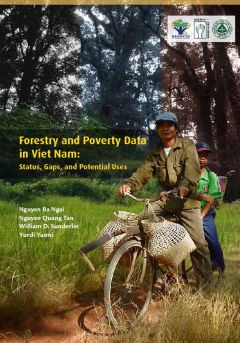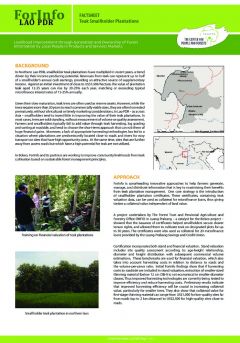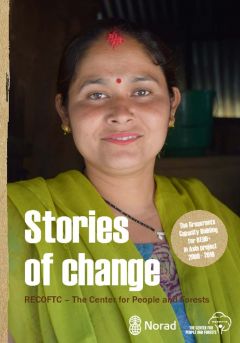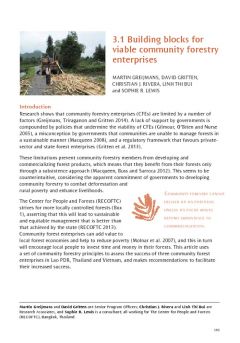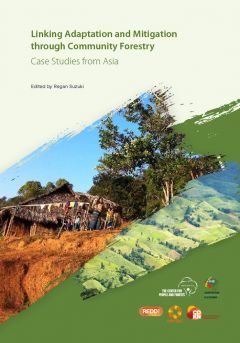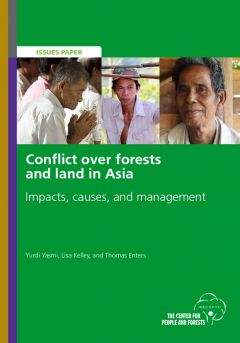Forest and Poverty Data in Vietnam: Status, Gaps, and Potential Uses
In Vietnam, the lack of quality data in the forestry sector has been an obstacle to institutional reflection and effective policy formulation. This study analyzes the status and gaps of this data, and its implications for addressing poverty in Vietnam.

